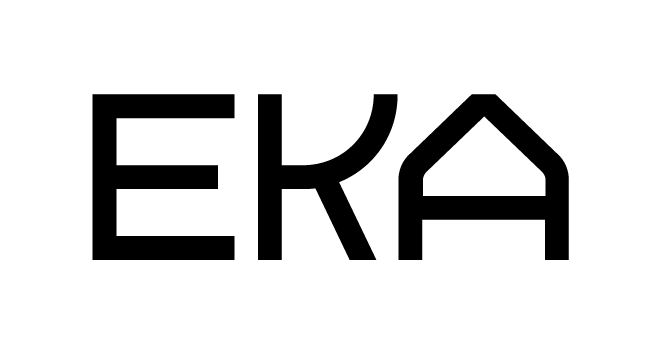Art or Science: Geological Landscapes
Geological Landscapes is part of a more extensive exhibition, Art or Science, currently on display in the 3rd-floor B-wing exhibition hall: a visual culture study exploring scientific illustrations from the collections of Estonian memory and educational institutions and the interactions between art and science. This project space examines the mutual influences of geology and landscape painting.
The end of the 18th century witnessed rapid progress in several disciplines now included under geology: mineralogy, which focused on the classification of minerals and rocks, and geognosy, a broader field of study that explored the formation of the Earth. Drawing skills and collaboration with artists were essential in both these fields, as information and new knowledge about the rocks, fossils and landforms discovered during expeditions was best spread through pictures.
Mountains intrigued scientists and artists alike. Academic landscapists – notably German Romanticists, such as Caspar David Friedrich and Carl Gustav Carus – were well-acquainted with theories of the Earth. These would have also been familiar to August Matthias Hagen, a Baltic German landscape painter and drawing teacher at the University of Tartu. This means that artists were not only attracted by the scenic beauty of mountains but also inspired by the central role that mountains played in the formation of the Earth and oceans.
Several recurrent motifs in Baltic German landscape painting can be associated with the popularity of geology. At the same time that the landscape of southern Finland, with its granite and other resources, began to attract the interest of the Russian empire, many Baltic German artists – especially those who worked with scientists from the University of Tartu – turned their attention from the scenic views of southern Estonia and northern Latvia to the northern Estonian coast. While in Finland painters were inspired mainly by the granite rocks and cliffs, in Estonia it was the large boulders – glacial erratics – that acquired great symbolic significance for both Baltic German and Estonian identity. Likewise, the earliest conservation initiatives related to erratic boulders, largely due to the contribution of both art and science.
Curators: Kadi Polli and Kristiina Tiideberg
Exhibition design and visual identity: Jaanus Samma
Texts by: Mare Isakar, Linda Kaljundi, Krister Kruusmaa, Kadi Polli, Kristiina Tiideberg and Epi Tohvri
Coordinator: Magdaleena Maasik
We thank: Estonian History Musem, Estonian Naturalists’ Society, Academic Library of Tallinn University, Tartu Art Museum, University of Tartu Library, University of Tartu Natural History Museum, private collections, Mare Isakar, Ulje Natus, Seidi Raid and Moonika Teemus



